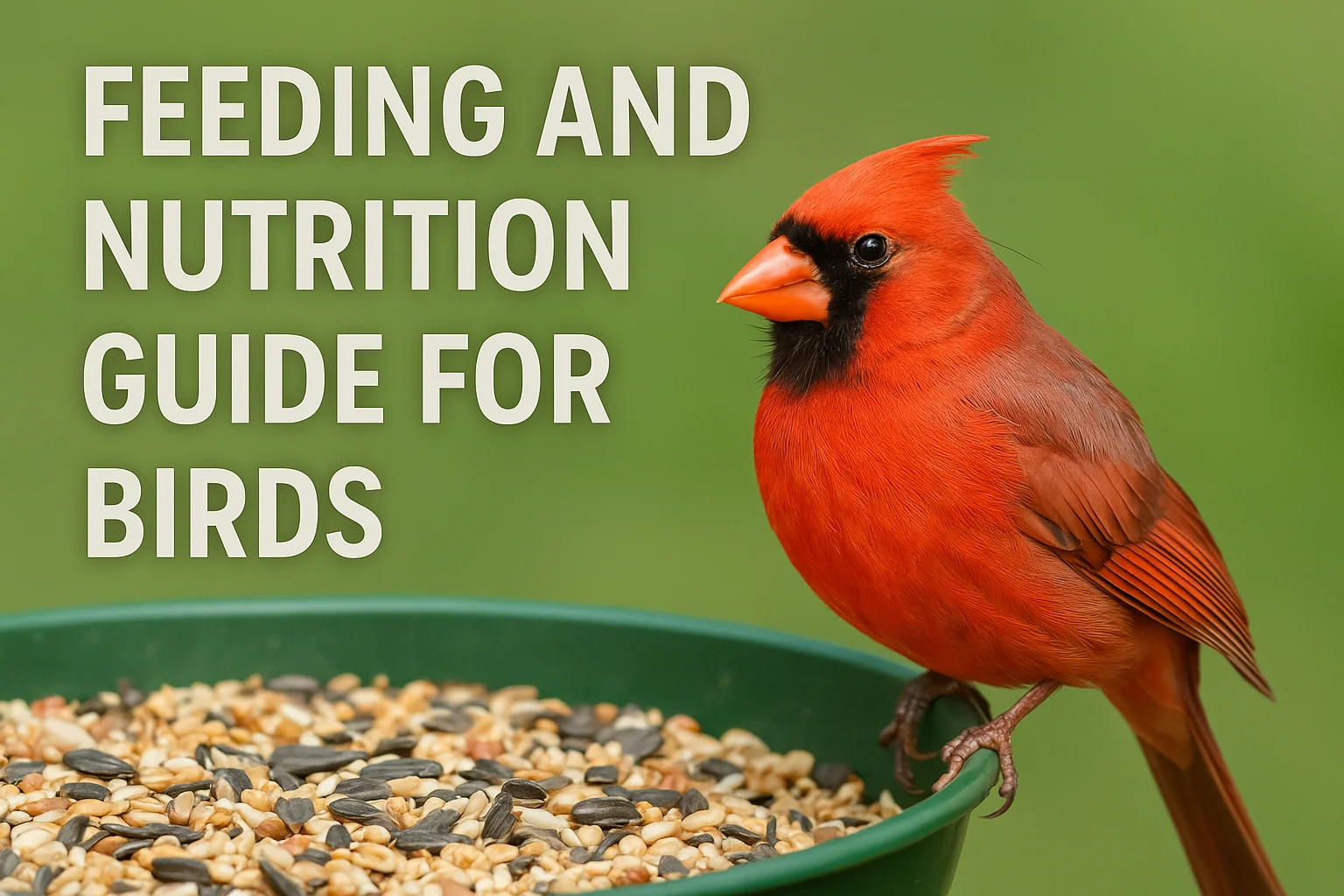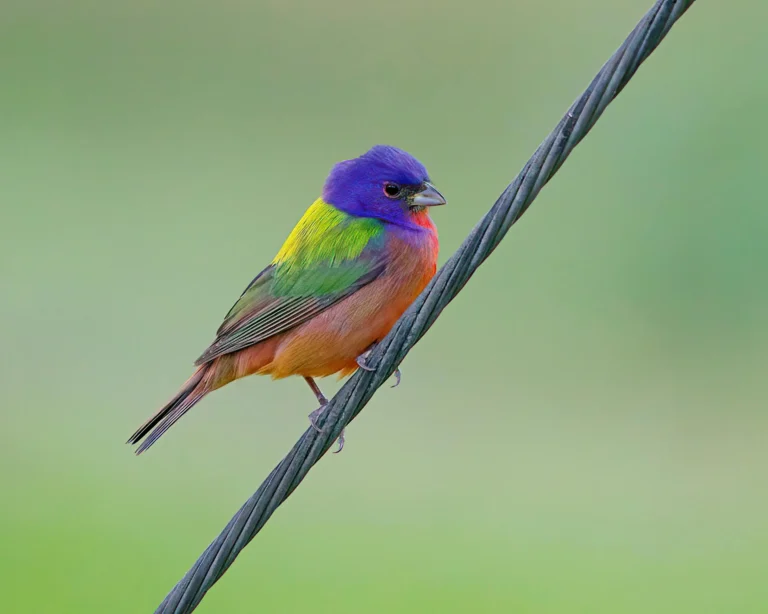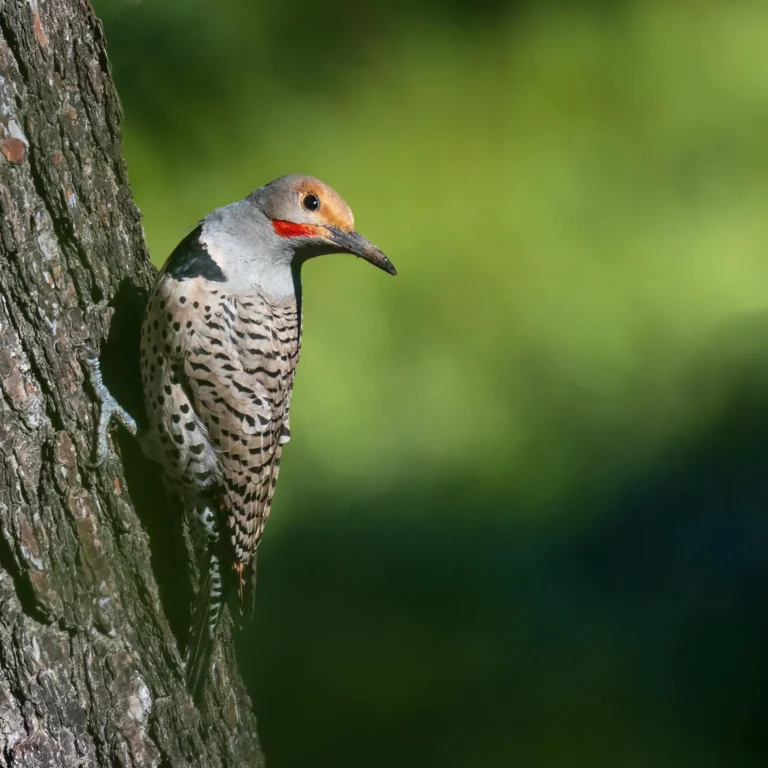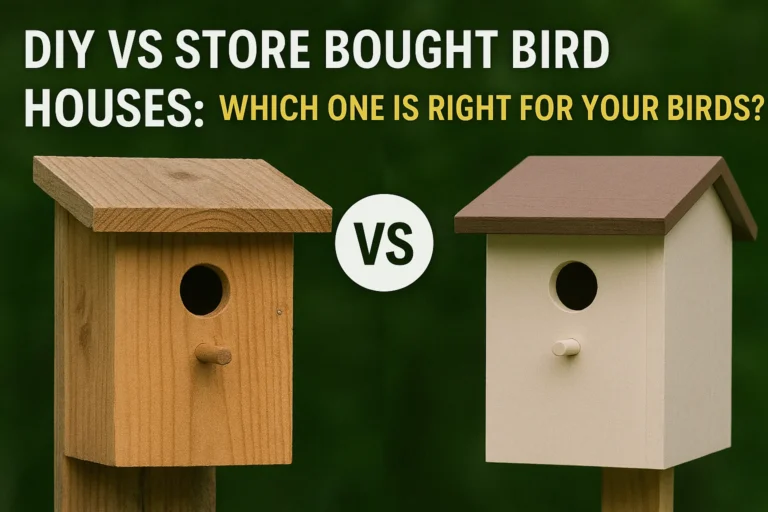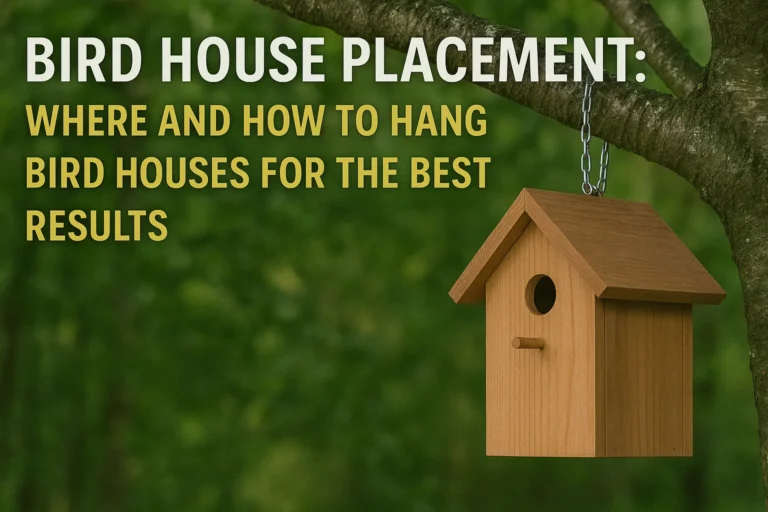Feeding birds might look easy, but knowing what they really eat is key to attracting more birds and keeping them healthy. Simply tossing out seeds isn’t enough — different bird species need different types of food. Offering the right bird seed mix, using safe feeding methods, and even making homemade bird food can create a bird-friendly space that encourages regular visits. From black oil sunflower seeds to suet and millet, each option plays a role in supporting bird nutrition. A well-planned feeding routine helps maintain bird health and brings more color, song, and activity to your backyard.
Understanding Bird Diets: It’s Not One-Size-Fits-All
Birds are as diverse in their eating habits as they are in color and song. Some birds prefer seeds, while others crave nectar, insects, or fruit. Understanding what do birds eat starts with identifying the types of birds you want to attract.
For example:
- Finches and sparrows love millet and sunflower seeds.
- Woodpeckers enjoy suet and peanuts.
- Hummingbirds thrive on sugar-water nectar (never use red dye).
- Robins and bluebirds prefer mealworms and fruits.
Knowing your audience helps you choose the best food for birds and position your feeders more strategically.
The Best Bird Seed to Attract a Variety of Species
Different birds have different tastes, but some seeds are known to attract a broad variety of species across North America. If you’re wondering what to put in your feeders to maximize visits, these options offer great results when chosen and used correctly.
Black Oil Sunflower Seeds
Often called the gold standard of bird seed, black oil sunflower seeds are rich in fat, providing high energy especially during cold months. Their thin shells make them easy for even small birds to crack, making this seed ideal for cardinals, chickadees, finches, nuthatches, and more. It’s a must-have in almost any feeder setup.
Nyjer (Thistle) Seeds
Tiny but powerful, Nyjer seeds are packed with oils and loved by finches, especially goldfinches and pine siskins. These seeds require a specialized thistle feeder because of their small size, but the reward is a consistent stream of colorful visitors. Nyjer is also sterilized to prevent germination, so it won’t cause weeds.
White Millet
White proso millet is especially attractive to ground-feeding birds like sparrows, towhees, doves, and juncos. It’s often scattered on platform feeders or directly on the ground. Millet is a good filler seed when used correctly, but avoid mixes where it dominates too heavily unless targeting ground feeders specifically.
Safflower Seeds
Safflower seeds are a favorite for cardinals, grosbeaks, and titmice, but not particularly appealing to squirrels or blackbirds. That makes them an excellent choice for selective feeding if you’re struggling with pests or larger aggressive birds taking over your feeders. Their hard shell also slows consumption, leading to less frequent refilling.
Mixed Bird Seed
Seed blends offer a convenient way to attract multiple bird types at once, but quality is key. Choose mixes that are heavy in sunflower seeds and low in cheap fillers like red millet or wheat. A well-balanced mix can support a variety of feeder visitors including songbirds, woodpeckers, and sparrows, especially when placed in separate feeding zones.
Homemade Bird Feed: A DIY Option with Benefits
Creating your own bird feed at home is not only budget-friendly but also gives you complete control over what goes into your feeders. You can avoid harmful additives, reduce packaging waste, and tailor blends to the birds you want to attract. Plus, it’s a fun and educational project for the whole family, especially if you love observing birds up close.
Homemade Bird Seed Mix
A simple, balanced seed mix can go a long way in attracting a range of birds. You can combine ingredients like black oil sunflower seeds for energy, cracked corn for ground-feeding birds, and shelled peanuts for added protein. This custom blend allows you to avoid cheap fillers that are often found in commercial seed bags and ensures that birds get a more nutritious, appealing mix.
Suet Cakes
Suet cakes are ideal for cold weather, providing birds with a high-fat, high-energy food source that helps them survive winter temperatures. You can make suet at home using lard or unsalted peanut butter as the base, then mix in bird-safe ingredients like seeds, oats, dried fruits, and cornmeal. Mold the mixture into small trays or shapes, freeze them, and offer them in suet cages outdoors.
Baby Bird Food
Feeding baby birds requires special care. If you’ve rescued an orphaned chick, consult a wildlife expert. In emergencies, a mash of hard-boiled eggs and soaked dog kibble can suffice temporarily.
Making homemade bird food helps ensure you’re giving birds clean, high-quality nutrition. Avoid moldy bread or processed human snacks, which can harm their health.
The 5-7-9 Rule for Bird Feeders
This rule helps determine proper spacing between feeders:
- 5 feet from shrubs or hiding spots to prevent ambush by cats.
- 7 feet above the ground to protect from predators.
- 9 feet apart from each other to reduce crowding and aggression.
It’s a general guideline but ensures birds feel safe while feeding, leading to more frequent visits.
Healthy Feeding Practices That Help Birds Thrive
Freshness and Cleanliness Matter
Dirty feeders and spoiled food are common reasons birds get sick. Moldy seeds can grow aflatoxins, which are toxic. Wash feeders every few weeks with a vinegar or bleach solution.
Seasonal Feeding
- Winter: Provide high-fat seeds like sunflower, suet, and peanuts.
- Spring: Protein-rich foods like mealworms help during nesting.
- Summer: Keep it light and fresh. Avoid suet in extreme heat.
- Fall: Offer variety to help birds prepare for migration.
Adjust your feeding schedule based on seasons and migration patterns.
Safe Placement
Keep feeders away from windows or use anti-collision decals. Position feeders near cover (but not too close) to provide safety without giving predators an advantage.
Ground Feeding and Its Effects on Birds
Scattering bird seed directly on the ground can mimic natural foraging habits and attract ground-feeding species such as juncos, doves, and towhees. While this method can increase bird activity in your yard, it also comes with a few drawbacks. Uneaten seeds can sprout into unwanted weeds or attract rodents and other pests. To minimize waste and maintain a cleaner feeding area, it’s better to use a ground tray or place seeds in open, dry spaces where you can monitor and clean up easily.
Feeding Rice to Birds Safely
Rice can be a safe and occasional addition to a bird’s diet when offered properly. Cooked plain rice—whether white, brown, or wild—is suitable for many bird species as long as it contains no salt, oil, or seasoning. It’s important to serve it in small portions to prevent spoilage and reduce waste. The long-standing myth that rice expands in birds’ stomachs and causes harm has been thoroughly debunked by ornithologists and bird experts.
Healthy Things to Feed Birds
A varied diet is key. High-quality seeds, fresh fruit, unsalted nuts, mealworms, and nectar are all good options. Avoid:
- Moldy bread
- Junk food
- Salty snacks
- Honey in nectar
Fresh, nutrient-rich food supports feather health, energy levels, and immune function.
Trusted Sources and Scientific Backing
Organizations like the Cornell Lab of Ornithology, National Audubon Society, and U.S. Fish & Wildlife Service all agree that backyard feeding is beneficial when done responsibly. Their studies show that feeding increases bird survival, especially during extreme weather.
Their websites also offer interactive maps to track bird migrations and feeder guides tailored to specific regions.
FAQs – Answering Common Questions
Black oil sunflower seed is the top choice for variety and nutrition.
It means placing feeders 5 feet high, 7 feet from cover, and 9 feet apart from other feeders for bird safety and health.
Fresh, clean seeds, fruit, and protein sources like mealworms are best.
Yes, but monitor for pests and mold. Use trays if possible.
Cooked rice in small amounts is safe. Avoid salt or seasonings.
Final Thoughts
Feeding birds is more than a fun hobby—it’s a way to support their health and safety. By offering the right bird seed for each species and avoiding harmful foods, you help birds stay strong and active. Follow simple rules like the 5-7-9 placement for feeders and keep them clean to prevent disease. A safe and healthy feeding spot encourages birds to return, bringing color, song, and life to your space.

